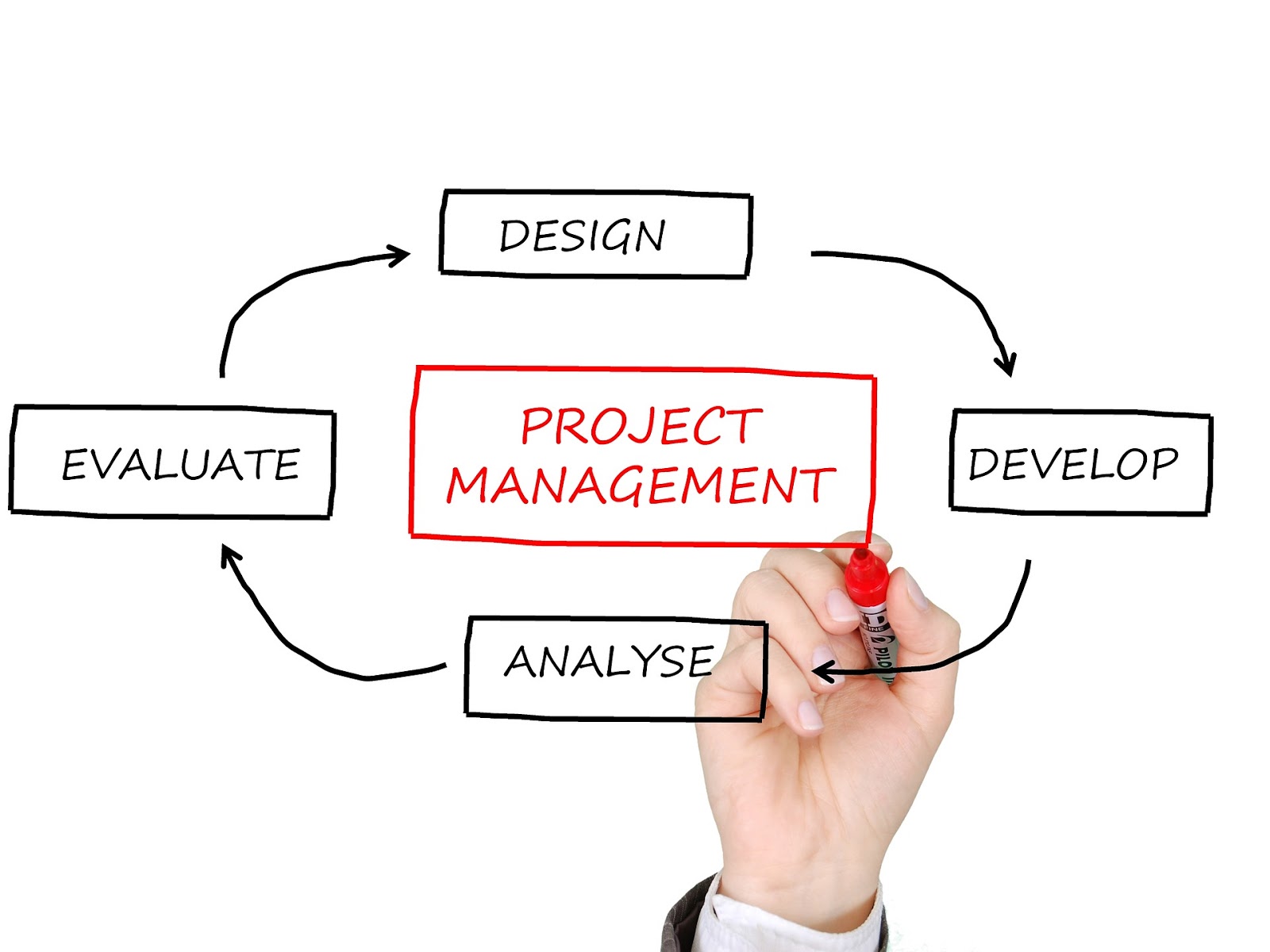Everybody’s ready to call it a wrap with 2020. Yet, not all is lost this year. Your organization may still be able to carry out effective end-of-year performance reviews as a way to start a conversation about challenges still looming over next year.
In fact, performance reviews in 2020 are the perfect jumping-off point for discussing what is and isn’t working in the time of COVID. Your organization may need reviews more than ever this end-of-year to reset goals impacted by the pandemic and discuss what obstacles – personal or professional – are in the way of achieving them.
Let’s go over what successful EOY performance reviews can look like during the pandemic and how they can further manager-employee understanding and professional growth.
1. Back to the basics during the pandemic
Managers often see performance reviews as a means to give promotions or fire employees. However, their role is much broader.
This end-of-year, most organizations aren’t making any more big staff changes. Instead, performance reviews can be a channel to work out challenges, build manager-employee rapport and strengthen organizational values.
In this way, performance reviews are an opportunity to get back to the basics during the pandemic and identify your employees’ core purposes and goals.
2. Evaluate employees within a business-not-as-usual framework
This year is hardly business as usual. As you go to evaluate employee performance, it’s important to keep the pandemic framework in mind. A few pointers to review employees fairly include:
- Analyzing employee performance from the entire year, including pre-pandemic.
- Considering the employee’s adapted role and metrics during the pandemic.
- Looking at personal or professional challenges in this adapted role, including remote work.
At LaSalle Network, for example, a recent performance review revealed that an employee named “John” was struggling to meet deadlines due to juggling full-time parenting and working. His manager empathized with his situation and adapted his schedule to help strike a better balance.
3. Highlight highs and lows with rewards and grace periods
This end-of-year, some organizations are opting for simplified performance reviews such as pass/fail. Others have ditched scales and percentages entirely for a more conversation-based review. Whether you decide to have standard assessments or adapted ones, it’s important to emphasize highs and lows.
A good performance review during the pandemic will reward employees for working hard under challenging conditions, as well as granting grace periods for those who weren’t able to overcome them. For each employee, you should discuss these highs and lows openly, so that you’re both on the same page for next year.
Capturing these highs and lows in your performance reviews will be important towards making sure your employees feel appreciated and setting clear expectations moving forward.
4. Remotely but not impersonally
Another aspect to consider for end-of-year performance reviews is the remote factor. Conversations can be tricky over video conferencing software because of the lack of cues such as body language, as well as possible connection issues. It’s hardly ideal when your employee doesn’t hear a comment for improvement because the audio cut out.
It’s essential that you put on the video feed for the conversation and try to create a comfortable atmosphere for open discussion. In fact, CEO of Know Your Team, Claire Lew argues that the first 10-15 minutes of the performance review should be dedicated to catching up. This can set the stage for greater reflection and takeaways for both the manager and the employee.
5. Following up for ongoing feedback
Ongoing feedback is key to keeping your employees engaged. Managers hate giving it and yet, doing so over the course of the year can ensure that you’re supporting employees’ professional development.
In a COVID world, ongoing feedback is also essential as organizations adapt to the changing situation. Your team may have to pivot once again, which means the goals you set during the end-of-year performance review season may need to be revised.
Ongoing feedback can resolve the challenges of a dynamic workplace by discussing areas of improvement all year round.
6. Getting started early for meaningful performance reviews
Meaningful performance reviews are possible but don’t wait until the last minute. You’ll have a better sense of how to evaluate your employees by starting early. Think ahead to next year and brush up on your performance management skills now.
At Enterprise Training Solutions, we offer courses to help you navigate performance reviews in the time of COVID. Specifically, we have expert-created instruction in:
- Professional in Human Resources: Performance Management
- Planning an Effective Performance Appraisal
- Detecting and Dealing with Performance Problems
- Keeping Top Performers Challenged
- Creating a Plan for Performance Management
This November, take control of one area you can: performance reviews. Your organization will benefit from conversations that strengthen employee-manager rapport and company values moving into next year.
Even if assessment tools are naturally more lenient this year, performance review conversations may have a positive impact on your workforce next year.
Experience the proven, easy-to-use, and cost-effective benefits of online training by scheduling your free online training consultation today!










